In a short article, the writer can hardly cover a big topic. I would like to just take the past 50 years to discuss the transformation and diversity of Vietnamese music.
1. The reunification of the country was a major event for the Vietnamese people in the 20th century. Music continued to focus on the role of education, agitation, political propaganda and praise for great things. The transition from a subsidized regime to a market economy brought about a series of changes in musical life. The renovation policies and guidelines in 1986 began to gradually remove narrow-minded notions. The entertainment function of music, which had been dismissed during decades of war, was now viewed more objectively and thoroughly. Market songs became increasingly popular and overshadowed official songs as well as professional instrumental music.
After its spectacular first steps in the years 1965-1975, symphonic chamber music in this period had to face the situation of floating in the post-war economy. Instrumental music gradually weakened in fierce competition with popular music. The gloomy situation lasted until the late 20th century, when a glimmer of hope for revival began to appear. The situation with traditional music was even more gloomy. Since the 1940s, many traditional forms were forgotten not only due to war conditions but also because they were considered outdated products. A total of more than half a century of disruption has put the traditional capital at risk of being lost.
People's Artist Thuy Huong sings Quan Ho with a symphony orchestra, creating a new appeal for Vietnamese music. Photo: VIET LAM |
In the late 1990s, realizing the mistake in dealing with ancient music and in order to preserve what remained in the world, the music community began to adjust its collection and research according to international standards with two parallel and irreplaceable methods: Preservation with promotion and inheritance for development.
In the late 20th century, with the opportunity to access the outside world, the music industry has tried to overcome the confusion in the transition process in both perception and practice, getting acquainted with the general trend, accepting techniques and information technology, creating a stepping stone to integrate into the world of the early 21st century. It is the spirit of transformation that has created the opportunity to revive old music and flourish new music.
2. Realizing that ancient capital is the source of national identity, the State has had new policies and positive actions: Organizing many national and international festivals, conferences, and seminars on ancient music; mobilizing scientists to conduct asset inventories, propose changes in usage and teaching functions; carrying out projects to establish national heritage and human heritage records... In less than 20 years, 10 types of ancient music and music related to ancient Vietnamese music have been recognized by the United Nations Educational, Scientific and Cultural Organization (UNESCO) as Intangible Cultural Heritage of Humanity: Nha Nhac, Tay Nguyen gongs, Quan Ho, Ca Tru, Xoan, Don Ca Tai Tu, Vi Giam, Hat Van in the Mother Goddess worship, Bai Choi, Then.
Regarding instrumental music - the genre that is responsible for representing new Vietnamese music on the international stage, there are increasingly more manifestations of diversity and the spirit of world integration. Artists, musicians and works from home and abroad are no longer rare. Professional training is recognized by international awards of the young generation. New Asian-European music festivals have contributed to putting Vietnamese instrumental music on the world's professional music map. Besides the return of large-scale and academic operas, there are a series of plays that are easily accessible to the public because of their entertainment in the style of Broadway.
The expressive language is no longer limited to the framework of classical chamber symphony but has expanded its exploration to include modern music trends, electronic music, contemporary music, experimental music, etc. In addition to adopting the expressive methods of world classical music and inheriting the Vietnamese soul in traditional music combined with modern thinking, some young composers also use non-traditional composition and performance techniques, freely breaking the mold and improvising in open spaces, combining music with visual effects, body language and installation art.
The most exciting is still entertainment music. The Internet expands the world's vision. Domestic music is getting closer to foreign music models thanks to global factors. There are many stereotyped copies from melody to appearance and choreography of foreign music, especially K-pop. It is worth noting that in recent years, there have been MVs using Vietnamese folk elements that have made a great impression on young audiences, especially in recent days with the "phenomenon" MV "Bac Bling" by singer Hoa Minzy and colleagues attracting more than 100 million views after one month of release.
From pop-rock, young people quickly caught up with R&B, ballad, jazz, hiphop, rap, acoustic...; then indie, mainstream, underground... Technology has changed the way music is made and listened to, from analog to digital, from CD to digital music, then streaming (online). The way to promote and enjoy music products is no longer limited to radio and television, but has many overwhelming options on digital platforms, YouTube, Zing MP3, nhaccuatui, Spotify, Apple Music... Not only on digital platforms and live show stages are there excitement, reality TV shows about music also attract a large audience, the most stirring are the long-running shows "big brother", "beautiful sister" recently. In response to the enthusiastic cheers of the public, producers continuously organize events with a series of live concerts "following" the program.
The open environment and conditions for making and listening to music have made the musical life richer than ever, but have also given rise to many controversial phenomena related to product value and professional ethics. Singers lip-sync to cover up vocal defects, use shocking costumes to attract viewers, and create scandals to promote their names. Musicians abuse electronic technology, rely on existing beat harmonies to write melodies, copy ideas or plagiarize other people's music. Artificial intelligence (AI) has begun to be used to make music while there is no copyright law on AI, so it is difficult to avoid tricks that violate copyright.
There have been many warnings about artistic quality and creative ability from experts, but a few individual voices are far from achieving the desired effect. The gap between professional criticism and musical life is too large due to the lack of connection with related sectors: Press, media, technology, general education..., especially with managers who are the "weighers" in raising the intellectual level of the people and creating a healthy cultural environment.
3. There are still many issues that challenge the music industry as well as managers. Why have we not been able to control and limit the commercial factor that is gradually fading the characteristics of traditional music? What is the appropriate investment to encourage creativity and staging of professional instrumental works, to achieve a balanced development between instrumental and vocal music, between official works and entertainment music?
In the context of a world that is changing too quickly and too strongly, if we want to integrate into the world, we must keep up with the times, and if we want to keep up with the times in the field of music creation, we must also keep up with the times in music management. The spirit of innovation of the past decades always needs to be continuously and flexibly improved in the future, aiming to build a music industry that is suitable for the times while still being harmonious and balanced, unique and humane.
According to People's Army
Source: https://baoangiang.com.vn/nua-the-ky-chuyen-minh-cua-am-nhac-viet-nam-a418226.html



![[Photo] Prime Minister Pham Minh Chinh chairs meeting to discuss tax solutions for Vietnam's import and export goods](https://vstatic.vietnam.vn/vietnam/resource/IMAGE/2025/4/10/19b9ed81ca2940b79fb8a0b9ccef539a)

![[Photo] Phuc Tho mulberry season – Sweet fruit from green agriculture](https://vstatic.vietnam.vn/vietnam/resource/IMAGE/2025/4/10/1710a51d63c84a5a92de1b9b4caaf3e5)
![[Photo] Summary of parade practice in preparation for the April 30th celebration](https://vstatic.vietnam.vn/vietnam/resource/IMAGE/2025/4/11/78cfee0f2cc045b387ff1a4362b5950f)






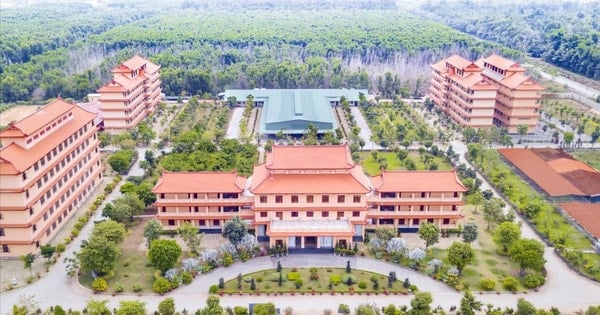





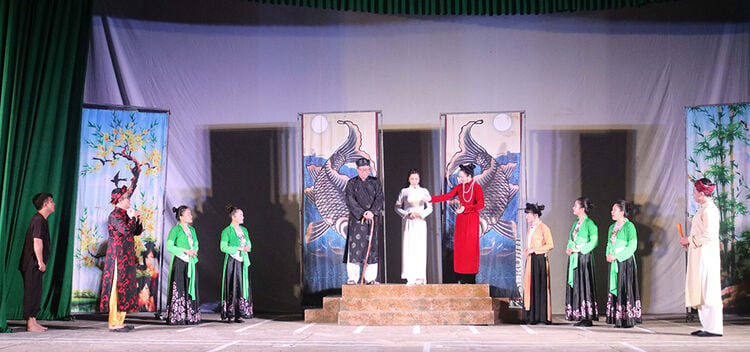















































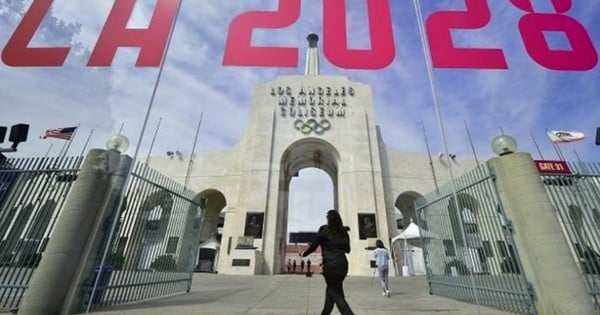




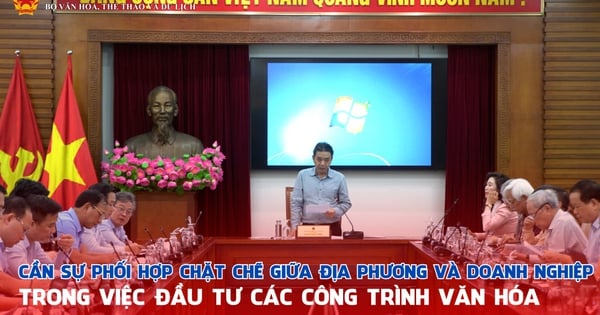
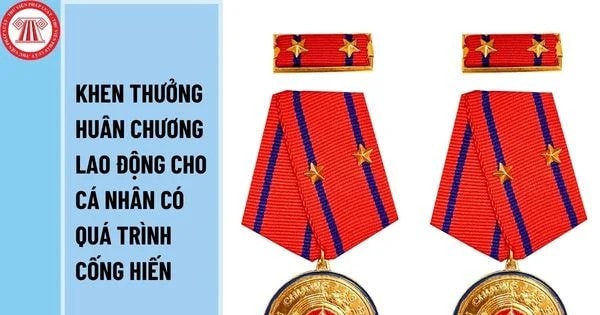




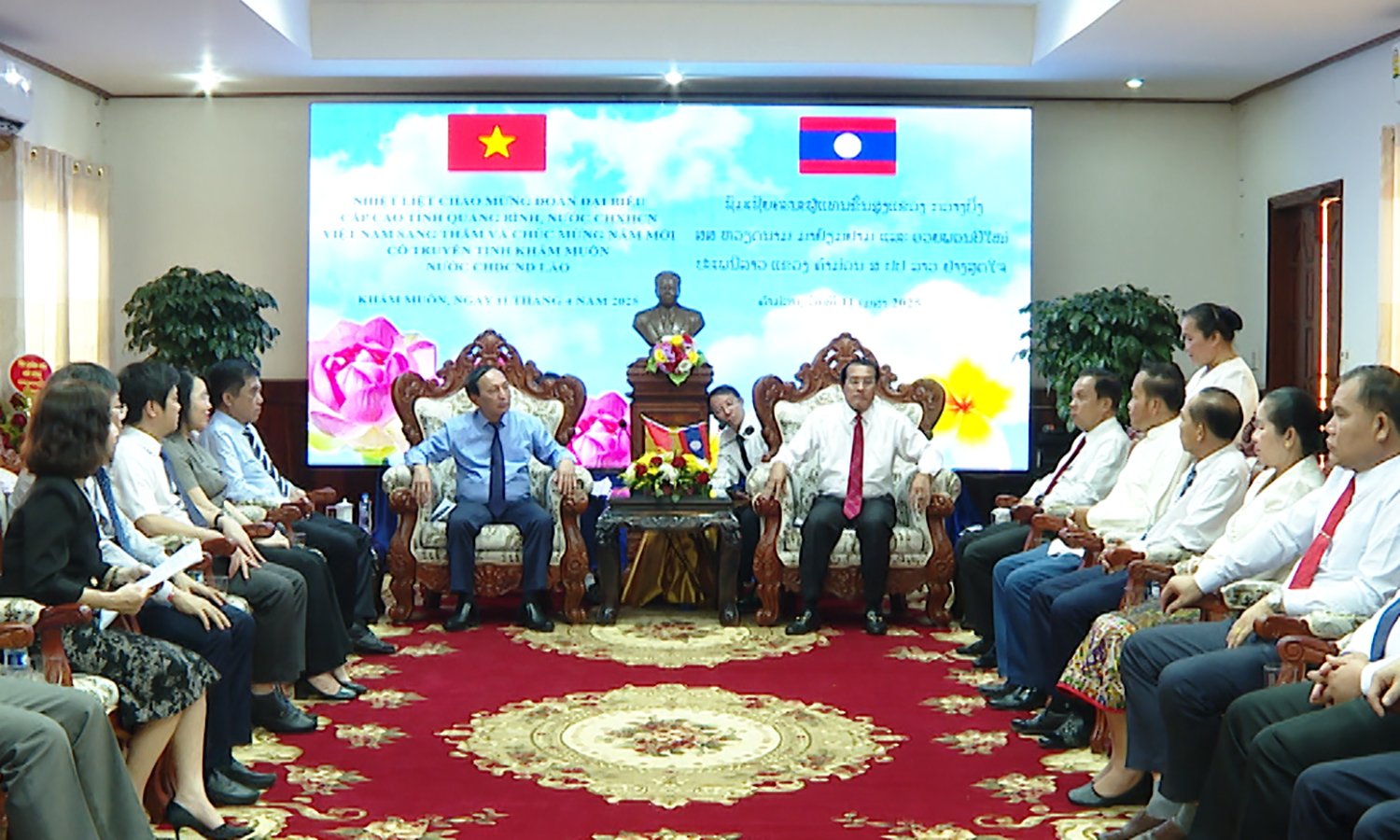
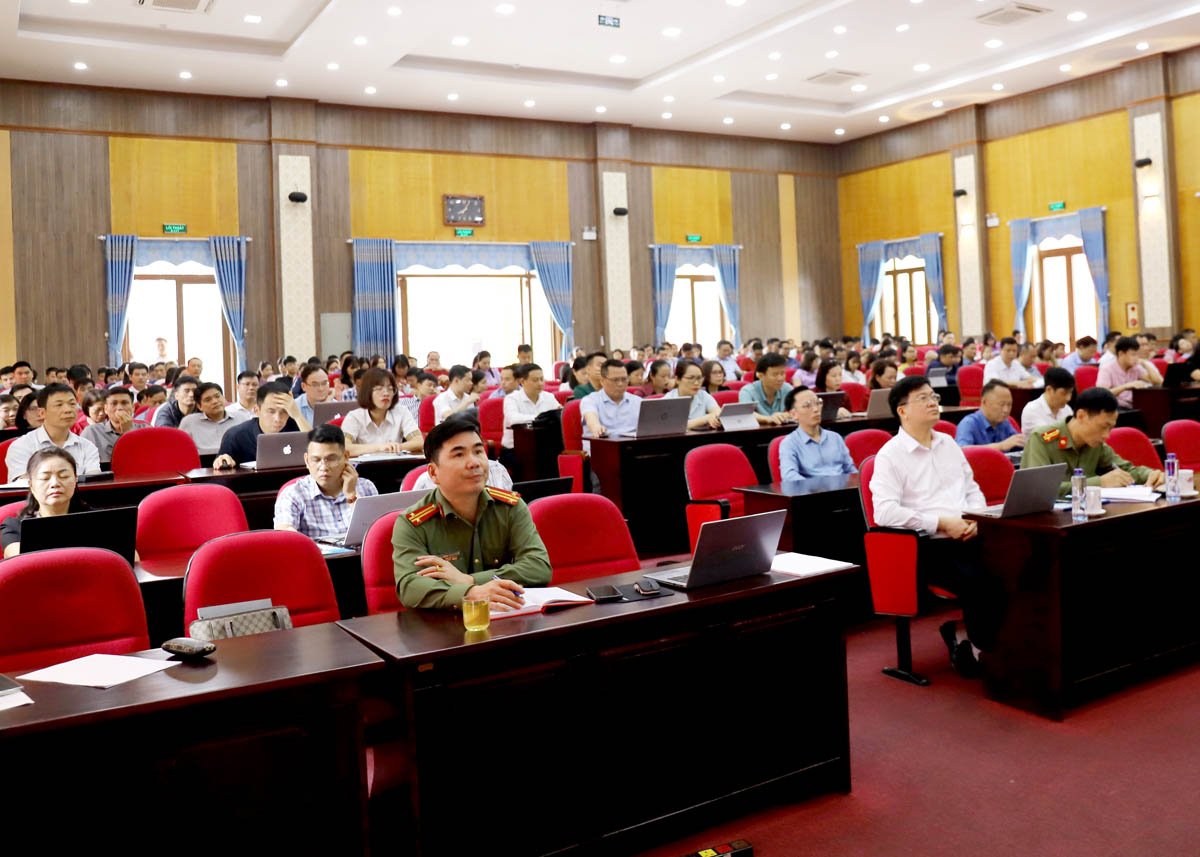










Comment (0)